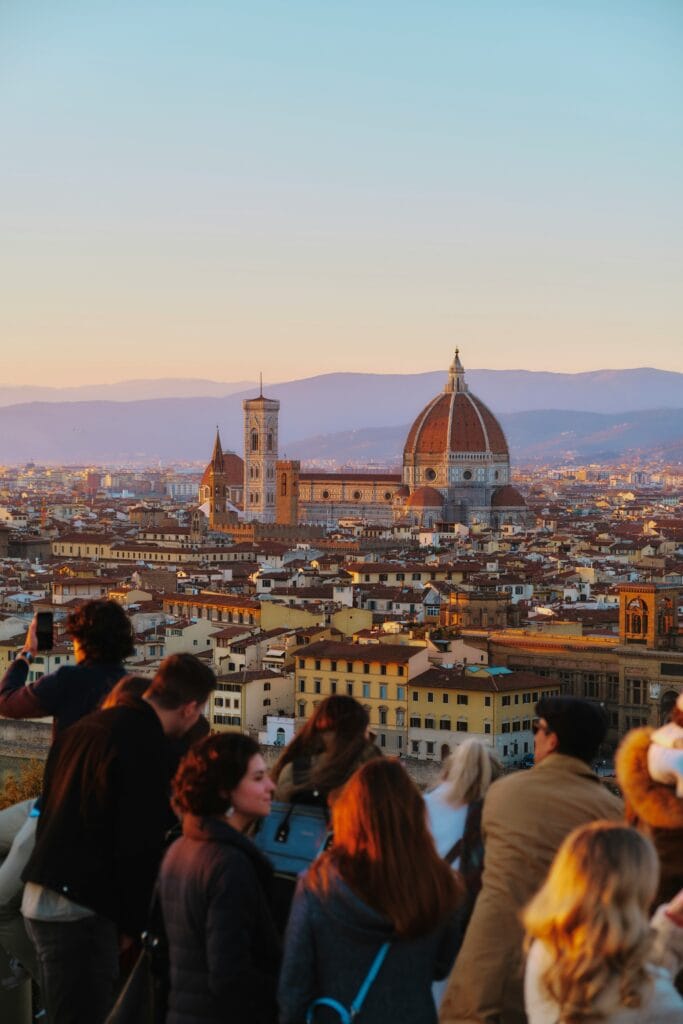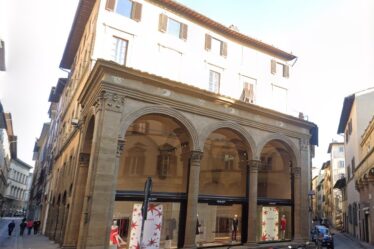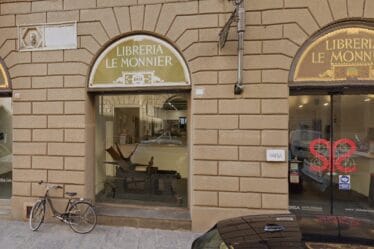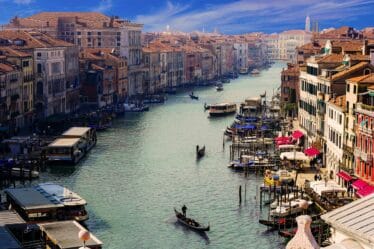

Introduction
The story of Fra Filippo Lippi, the Carmelite friar turned painter, is filled with beauty, scandal, and forbidden love. At the heart of it all is the unforgettable moment known as the Lippi Love Prato Escape—a real-life Renaissance drama that unfolded in the city of Prato, Tuscany.
A Friar, a Brush, and a Calling
Filippo Lippi was born in Florence in 1406 and raised in the Carmelite monastery of Santa Maria del Carmine. Surrounded by monks and masterpieces, he discovered a passion not just for God, but for painting. Inspired by the groundbreaking work of Masaccio in the Brancacci Chapel, young Filippo developed a distinctive artistic voice full of color, emotion, and grace.
Though a friar in name, Lippi was always drawn more to the canvas than the cloister. He lived with one foot in the sacred and the other in the sensual—a duality that would soon lead to the Lippi Love Prato Escape.
The Prato Commission: Art Meets Destiny
In 1452, Lippi was hired to paint the frescoes in the Cathedral of Santo Stefano in Prato, depicting scenes from the lives of Saint John the Baptist and Saint Stephen. This major commission should have marked a high point in his religious-artistic career.
Instead, it became the setting for scandal.
While working in Prato, Lippi met Lucrezia Buti, a young novice from the nearby Convent of Santa Margherita. She was chosen to pose as the Virgin Mary in his frescoes—but soon became much more than just a muse. The two fell in love and, in a shocking twist, ran away together, abandoning their vows.
This infamous incident is what we now remember as the Lippi Love Prato Escape.
Scandal and Salvation: How the Medici Saved Lippi
Church authorities were outraged. Lippi risked excommunication and disgrace. But fate had other plans. His talents had powerful admirers—none more influential than Cosimo de’ Medici, Florence’s unofficial ruler and a passionate patron of the arts.
With Medici support, Lippi avoided punishment. Pope Pius II even issued a special dispensation, allowing Lippi to leave the Carmelite order. Though Lucrezia and Filippo never formally married, their relationship was tolerated. They had a son, Filippino Lippi, who would later become one of the great painters of the next generation.
A Legacy Painted in Passion
Despite the scandal, Lippi continued his work in Prato, completing the frescoes in the Duomo—masterpieces that still draw visitors today. They’re a testament not only to his artistic genius but to a life lived boldly.
The Lippi Love Prato Escape endures as a symbol of how even within the strict walls of convents and churches, human emotion can break free. Lippi’s love was controversial, but it inspired some of the Renaissance’s most sensitive and luminous images of the Virgin and child—likely modeled after Lucrezia herself.
Plan Your Trip to Prato
If you’d like to walk in Lippi’s footsteps and see his masterpieces in person, here are some recommended stops:
- 🎨 Cathedral of Prato – Official Site
- 🖼️ Museo di Palazzo Pretorio – Features Lippi’s altarpieces
- 👨🎨 Filippino Lippi – Uffizi Galleries Bio
Final Thoughts
“Lippi Love Prato Escape” is more than just a catchy title—it’s a chapter of art history where creativity, love, and rebellion collide. Through it, we remember that the Renaissance wasn’t just about perfection and piety—it was also about passion.



